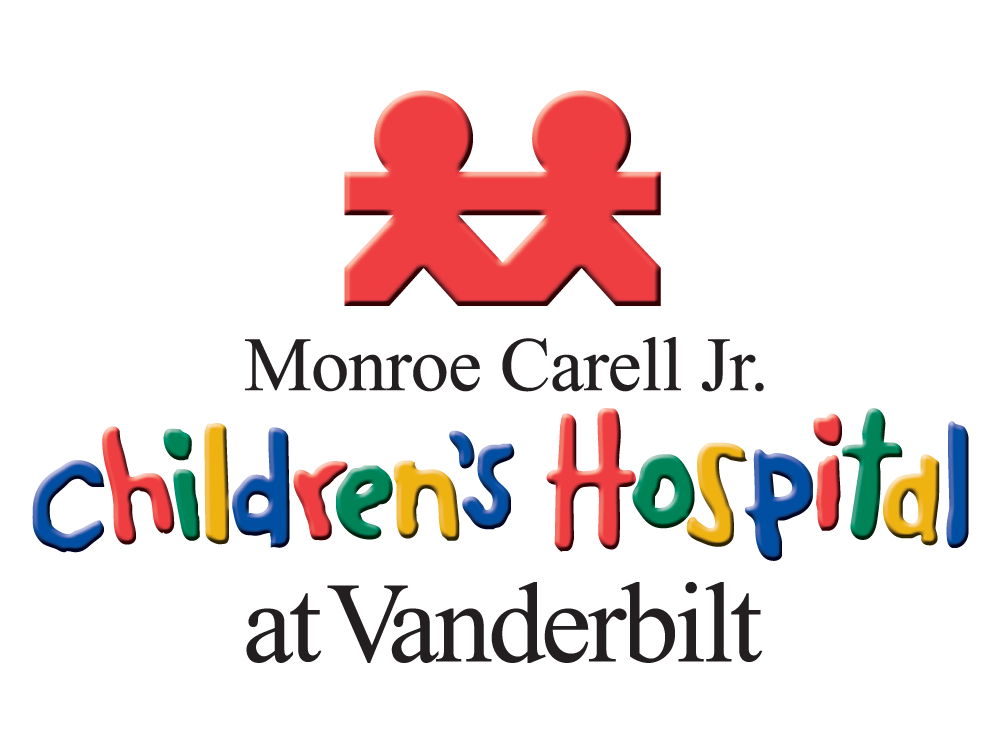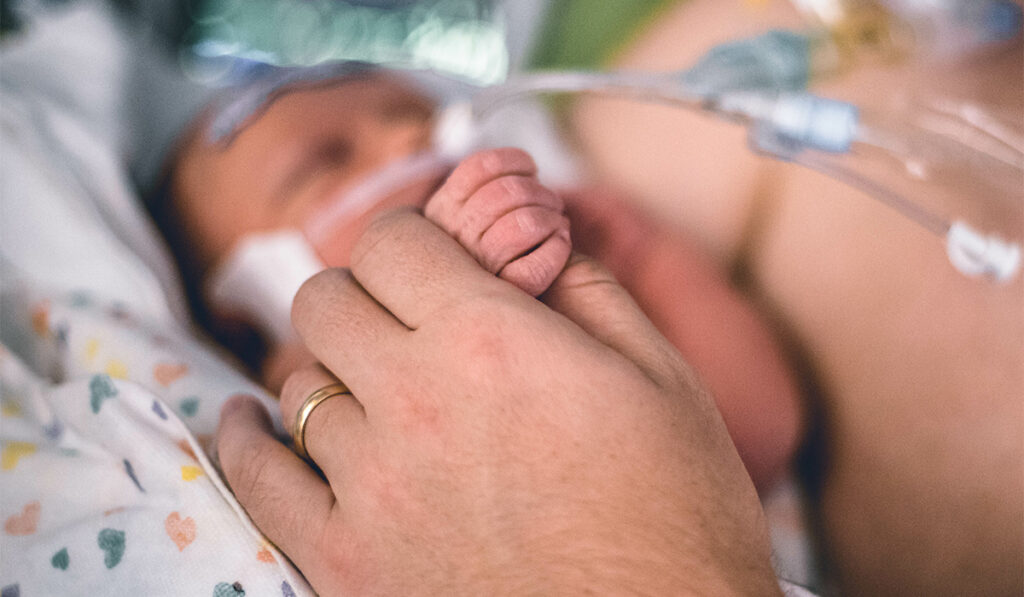In life-threatening perinatal situations, such as babies with congenital heart abnormalities, planning by multidisciplinary teams is essential.
A case report published in the Journal of Cardiovascular Development and Disease describes how one such team at Monroe Carell Jr. Children’s Hospital at Vanderbilt provided prenatal treatment and urgent postnatal surgery to preserve life for a patient with Ebstein’s anomaly and circular shunt.
The team included Ann Kavanaugh-McHugh, M.D., director of Fetal Cardiology, and Emily A. Morris, M.D., associate NICU medical director and Neonatal Fetal Care director, at Monroe Carell.
“Just a few years ago, a baby presenting with Ebstein’s and hydrops would have received palliative care or hospice care,” Morris said. “There were not really any other options.
“But this case was different – we reversed the hydrops and the heart failure, brought the baby close to term, large enough to be cared for in the NICU and to undergo life-saving surgery. It’s a remarkable story, and there are still many people who may not know this is possible.”
“It’s a remarkable story, and there are still many people who may not know this is possible.”
Kavanaugh said the medical feat required “an enormous effort.”
“Multidisciplinary planning and team interaction can take full advantage of prenatal diagnosis, to optimize what happens in the delivery room and after,” she said.
Aligning Treatment for Mothers and Infants
At Monroe Carell, obstetrics, neonatology and cardiology teams meet weekly to discuss all current fetal patients and the care plans in place for them.
Vanderbilt’s Wael Alrifai, M.D., a neonatologist and informatician, developed the EPIC Fetal Connections system for optimizing team communication through the electronic health record. The mother’s delivery plan, already in her EHR, is automatically copied to the baby’s record during admission so that it can be viewed by all team members.
“The size of the electronic health record can make it difficult to find something in a split second in the delivery room,” Kavanaugh said. “This system addresses that problem – information is even automatically added to the baby’s NICU admission note and available to the Labor and Delivery team.
Based on conversations with fetal cardiology program leaders at other hospitals, Kavanaugh said she is certain that this technology will be in high demand as it is rolled out through EPIC.
“It reduces the chance of missing something in handing over care from one team to another,” Morris added.
Details, Timing and Complexities
In this case, diagnosis came at about 29 weeks gestation. After an obstetric examination, the mother was referred to the outpatient fetal cardiology clinic, where Ebstein’s anomaly and the existence of a circular shunt were confirmed.
The fetus faced threats to its pulmonary blood supply and subsequently developed hydrops, a dangerous accumulation of fluid.
At the prenatal stage, treatment involved administering flecainide to alleviate arrhythmia and later indomethacin (Indocin) to address the shunt. The medications were given to the mother and passed on to the fetus trans-placentally, requiring close daily monitoring with daily heart rate checks at home and frequent echocardiograms each week to assess the fetal wellbeing.
“The baby was born at 38 weeks and taken to surgery at the age of 24 hours.”
The baby was born at 38-weeks’ gestation and taken to surgery at 24 hours after birth.
“He did very well after birth with a very complicated operation,” Kavanaugh said. The newborn underwent a Starnes repair, specifically for treating Ebstein’s. It creates a single ventricle circulation.
“Multicenter multidisciplinary research, which our center participated in, led to better understanding of who would benefit from this procedure,” explained Kavanaugh. “We did not feel this baby could survive a more conventional two-ventricle repair.”
After more than 100 days in the hospital, the baby was released and is now healthy at home, although he will require additional surgery and close monitoring.
“Communication between institutions, within institutions, between teams, within teams – this baby benefited from all that we have learned,” Kavanaugh said.
“Years of multi-center research gave us the information on this rare lesion. The literature on Indocin is relatively recent. We wouldn’t have considered doing that therapy five years ago.
“Not everyone knows that these treatment options exist for a baby with Ebstein anomaly and in utero heart failure. Hopefully this article can help inform people about the effectiveness of the therapy.”






